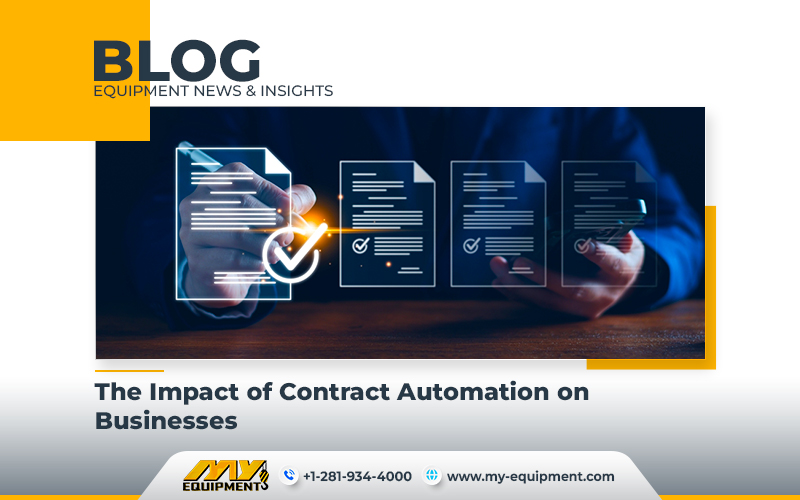In the face of rising inflation and interest rates, businesses are under increasing pressure to improve productivity and reduce costs. One really effective solution making waves in contract management is automation. There are a lot of advantages of contract automation, from cost savings to quicker contract cycles, reduced errors, and improved compliance. It is time for construction companies to look into the potential of contract automation backed by statistics and insights from industry experts, and you are in the right place to do just that.
Lower Processing Costs
A study by the International Association for Contract and Commercial Management showed us that contract automation can lead to remarkable cost savings, reducing contract processing expenses by up to 30%. These savings directly contribute to a healthier bottom line for businesses.
Faster Contract Cycle Times
Gartner’s survey forecasts that contract automation software will be adopted by 90% of businesses to expedite their contractual procedures by 2023. This means quicker contract cycles, letting companies secure deals and agreements more swiftly. This way they will be gaining a competitive edge in the market.
Fewer Errors and Omissions
The Aberdeen Group’s research indicates that contract automation can make accuracy a lot better. Businesses adopting automation can reduce errors and omissions by a substantial 40%. This translates to fewer legal complications and smoother business operations.
Contract Compliance
The same Aberdeen Group analysis also tells us the impact of automation on contract compliance. Streamlining compliance with automated processes make it so that businesses adhere to the terms of their contracts and meet regulatory requirements. Doing this helps in reducing legal and financial risks too.
Less Administrative Workloads
According to the National Contract Management Association, organizations using contract automation can cut the time required to complete administrative duties by a remarkable 60%. This means less time spent on repetitive and manual tasks, allowing employees to focus on more important activities.


 1400 Broadfield Blvd, Houston, TX 77084,
USA.
1400 Broadfield Blvd, Houston, TX 77084,
USA.